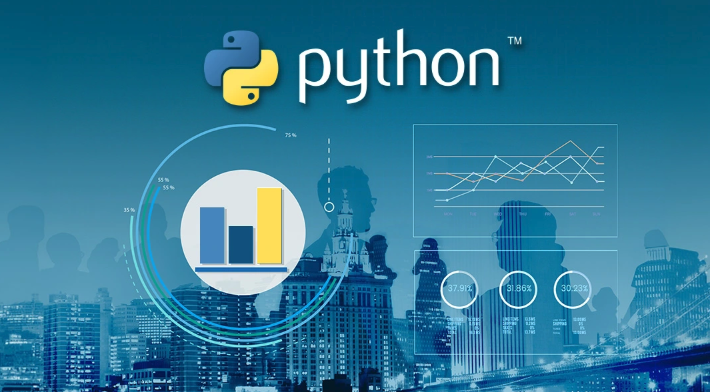全面的 Python 数据结构备忘单
来源:dev.to
2024-07-18 10:19:01
0浏览
收藏
偷偷努力,悄无声息地变强,然后惊艳所有人!哈哈,小伙伴们又来学习啦~今天我将给大家介绍《全面的 Python 数据结构备忘单》,这篇文章主要会讲到等等知识点,不知道大家对其都有多少了解,下面我们就一起来看一吧!当然,非常希望大家能多多评论,给出合理的建议,我们一起学习,一起进步!
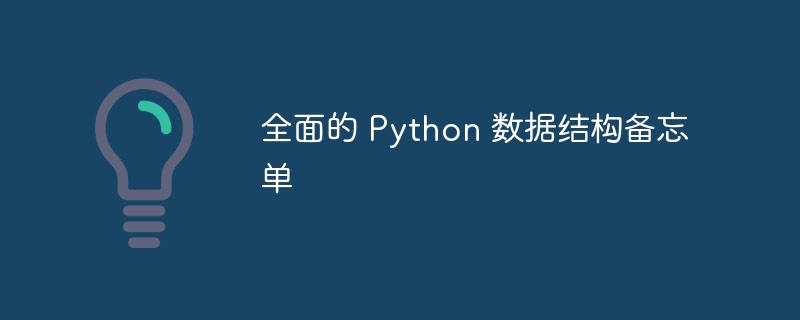
全面的 python 数据结构备忘单
目录
- 列表
- 元组
- 套装
- 词典
- 弦乐
- 数组
- 堆栈
- 排队
- 链接列表
- 树
- 堆
- 图表
- 高级数据结构
列表
列表是有序的、可变的序列。
创建
empty_list = []
list_with_items = [1, 2, 3]
list_from_iterable = list("abc")
list_comprehension = [x for x in range(10) if x % 2 == 0]
常用操作
# accessing elements first_item = my_list[0] last_item = my_list[-1] # slicing subset = my_list[1:4] # elements 1 to 3 reversed_list = my_list[::-1] # adding elements my_list.append(4) # add to end my_list.insert(0, 0) # insert at specific index my_list.extend([5, 6, 7]) # add multiple elements # removing elements removed_item = my_list.pop() # remove and return last item my_list.remove(3) # remove first occurrence of 3 del my_list[0] # remove item at index 0 # other operations length = len(my_list) index = my_list.index(4) # find index of first occurrence of 4 count = my_list.count(2) # count occurrences of 2 my_list.sort() # sort in place sorted_list = sorted(my_list) # return new sorted list my_list.reverse() # reverse in place
先进技术
# list as stack stack = [1, 2, 3] stack.append(4) # push top_item = stack.pop() # pop # list as queue (not efficient, use collections.deque instead) queue = [1, 2, 3] queue.append(4) # enqueue first_item = queue.pop(0) # dequeue # nested lists matrix = [[1, 2, 3], [4, 5, 6], [7, 8, 9]] flattened = [item for sublist in matrix for item in sublist] # list multiplication repeated_list = [0] * 5 # [0, 0, 0, 0, 0] # list unpacking a, *b, c = [1, 2, 3, 4, 5] # a=1, b=[2, 3, 4], c=5
元组
元组是有序的、不可变的序列。
创建
empty_tuple = ()
single_item_tuple = (1,) # note the comma
tuple_with_items = (1, 2, 3)
tuple_from_iterable = tuple("abc")
常用操作
# accessing elements (similar to lists) first_item = my_tuple[0] last_item = my_tuple[-1] # slicing (similar to lists) subset = my_tuple[1:4] # other operations length = len(my_tuple) index = my_tuple.index(2) count = my_tuple.count(3) # tuple unpacking a, b, c = (1, 2, 3)
先进技术
# named tuples
from collections import namedtuple
point = namedtuple('point', ['x', 'y'])
p = point(11, y=22)
print(p.x, p.y)
# tuple as dictionary keys (immutable, so allowed)
dict_with_tuple_keys = {(1, 2): 'value'}
套
集合是独特元素的无序集合。
创建
empty_set = set()
set_with_items = {1, 2, 3}
set_from_iterable = set([1, 2, 2, 3, 3]) # {1, 2, 3}
set_comprehension = {x for x in range(10) if x % 2 == 0}
常用操作
# adding elements my_set.add(4) my_set.update([5, 6, 7]) # removing elements my_set.remove(3) # raises keyerror if not found my_set.discard(3) # no error if not found popped_item = my_set.pop() # remove and return an arbitrary element # other operations length = len(my_set) is_member = 2 in my_set # set operations union = set1 | set2 intersection = set1 & set2 difference = set1 - set2 symmetric_difference = set1 ^ set2
先进技术
# frozen sets (immutable)
frozen = frozenset([1, 2, 3])
# set comparisons
is_subset = set1 <= set2
is_superset = set1 >= set2
is_disjoint = set1.isdisjoint(set2)
# set of sets (requires frozenset)
set_of_sets = {frozenset([1, 2]), frozenset([3, 4])}
词典
字典是键值对的可变映射。
创建
empty_dict = {}
dict_with_items = {'a': 1, 'b': 2, 'c': 3}
dict_from_tuples = dict([('a', 1), ('b', 2), ('c', 3)])
dict_comprehension = {x: x**2 for x in range(5)}
常用操作
# accessing elements
value = my_dict['key']
value = my_dict.get('key', default_value)
# adding/updating elements
my_dict['new_key'] = value
my_dict.update({'key1': value1, 'key2': value2})
# removing elements
del my_dict['key']
popped_value = my_dict.pop('key', default_value)
last_item = my_dict.popitem() # remove and return an arbitrary key-value pair
# other operations
keys = my_dict.keys()
values = my_dict.values()
items = my_dict.items()
length = len(my_dict)
is_key_present = 'key' in my_dict
先进技术
# dictionary unpacking
merged_dict = {**dict1, **dict2}
# default dictionaries
from collections import defaultdict
dd = defaultdict(list)
dd['key'].append(1) # no keyerror
# ordered dictionaries (python 3.7+ dictionaries are ordered by default)
from collections import ordereddict
od = ordereddict([('a', 1), ('b', 2), ('c', 3)])
# counter
from collections import counter
c = counter(['a', 'b', 'c', 'a', 'b', 'b'])
print(c.most_common(2)) # [('b', 3), ('a', 2)]
弦乐
字符串是不可变的 unicode 字符序列。
创建
single_quotes = 'hello'
double_quotes = "world"
triple_quotes = '''multiline
string'''
raw_string = r'c:\users\name'
f_string = f"the answer is {40 + 2}"
常用操作
# accessing characters
first_char = my_string[0]
last_char = my_string[-1]
# slicing (similar to lists)
substring = my_string[1:4]
# string methods
upper_case = my_string.upper()
lower_case = my_string.lower()
stripped = my_string.strip()
split_list = my_string.split(',')
joined = ', '.join(['a', 'b', 'c'])
# other operations
length = len(my_string)
is_substring = 'sub' in my_string
char_count = my_string.count('a')
先进技术
# string formatting
formatted = "{} {}".format("hello", "world")
formatted = "%s %s" % ("hello", "world")
# regular expressions
import re
pattern = r'\d+'
matches = re.findall(pattern, my_string)
# unicode handling
unicode_string = u'\u0061\u0062\u0063'
数组
数组是紧凑的数值序列(来自数组模块)。
创建和使用
from array import array
int_array = array('i', [1, 2, 3, 4, 5])
float_array = array('f', (1.0, 1.5, 2.0, 2.5))
# operations (similar to lists)
int_array.append(6)
int_array.extend([7, 8, 9])
popped_value = int_array.pop()
堆栈
堆栈可以使用lists或collections.deque来实现。
实施和使用
# using list stack = [] stack.append(1) # push stack.append(2) top_item = stack.pop() # pop # using deque (more efficient) from collections import deque stack = deque() stack.append(1) # push stack.append(2) top_item = stack.pop() # pop
队列
队列可以使用collections.deque或queue.queue来实现。
实施和使用
# using deque from collections import deque queue = deque() queue.append(1) # enqueue queue.append(2) first_item = queue.popleft() # dequeue # using queue (thread-safe) from queue import queue q = queue() q.put(1) # enqueue q.put(2) first_item = q.get() # dequeue
链表
python没有内置链表,但可以实现。
实施简单
class node:
def __init__(self, data):
self.data = data
self.next = none
class linkedlist:
def __init__(self):
self.head = none
def append(self, data):
if not self.head:
self.head = node(data)
return
current = self.head
while current.next:
current = current.next
current.next = node(data)
树木
树可以使用自定义类来实现。
简单的二叉树实现
class treenode:
def __init__(self, value):
self.value = value
self.left = none
self.right = none
class binarytree:
def __init__(self, root):
self.root = treenode(root)
def insert(self, value):
self._insert_recursive(self.root, value)
def _insert_recursive(self, node, value):
if value < node.value:
if node.left is none:
node.left = treenode(value)
else:
self._insert_recursive(node.left, value)
else:
if node.right is none:
node.right = treenode(value)
else:
self._insert_recursive(node.right, value)
堆
堆可以使用 heapq 模块来实现。
用法
import heapq # create a heap heap = [] heapq.heappush(heap, 3) heapq.heappush(heap, 1) heapq.heappush(heap, 4) # pop smallest item smallest = heapq.heappop(heap) # create a heap from a list my_list = [3, 1, 4, 1, 5, 9] heapq.heapify(my_list)
图表
图可以使用字典来实现。
实施简单
class graph:
def __init__(self):
self.graph = {}
def add_edge(self, u, v):
if u not in self.graph:
self.graph[u] = []
self.graph[u].append(v)
def bfs(self, start):
visited = set()
queue = [start]
visited.add(start)
while queue:
vertex = queue.pop(0)
print(vertex, end=' ')
for neighbor in self.graph.get(vertex, []):
if neighbor not in visited:
visited.add(neighbor)
queue.append(neighbor)
高级数据结构
特里树
class trienode:
def __init__(self):
self.children = {}
self.is_end = false
class trie:
def __init__(self):
self.root = trienode()
def insert(self, word):
node = self.root
for char in word:
if char not in node.children:
node.children[char] = trienode()
node = node.children[char]
node.is_end = true
def search(self, word):
node = self.root
for char in word:
if char not in node.children:
return false
node = node.children[char]
return node.is_end
不相交集(并查集)
class DisjointSet:
def __init__(self, vertices):
self.parent = {v: v for v in vertices}
self.rank = {v: 0 for v in vertices}
def find(self, item):
if self.parent[item] != item:
self.parent[item] = self.find(self.parent[item])
return self.parent[item]
def union(self, x, y):
xroot = self.find(x)
yroot = self.find(y)
if self.rank[xroot] < self.rank[yroot]:
self.parent[xroot] = yroot
elif self.rank[xroot] > self.rank[yroot]:
self.parent[yroot] = xroot
else:
self.parent[yroot] = xroot
self.rank[xroot] += 1
这份全面的备忘单涵盖了广泛的 python 数据结构,从基本的内置类型到更高级的自定义实现。每个部分都包含创建方法、常用操作以及适用的高级技巧。
0
以上就是《全面的 Python 数据结构备忘单》的详细内容,更多关于的资料请关注golang学习网公众号!
版本声明
本文转载于:dev.to 如有侵犯,请联系study_golang@163.com删除
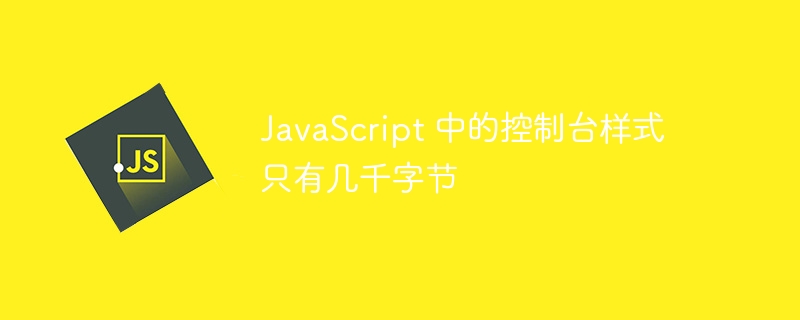 JavaScript 中的控制台样式只有几千字节
JavaScript 中的控制台样式只有几千字节
- 上一篇
- JavaScript 中的控制台样式只有几千字节
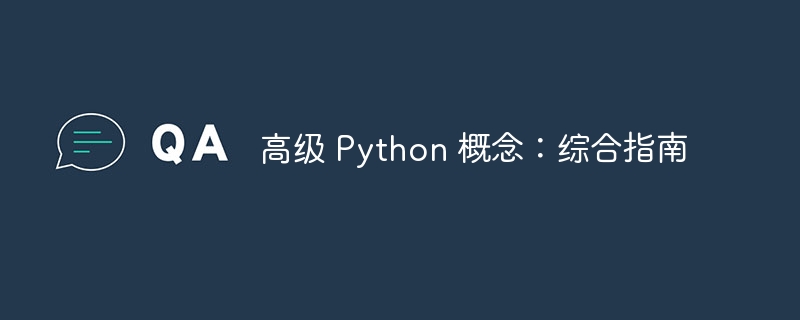
- 下一篇
- 高级 Python 概念:综合指南
查看更多
最新文章
-
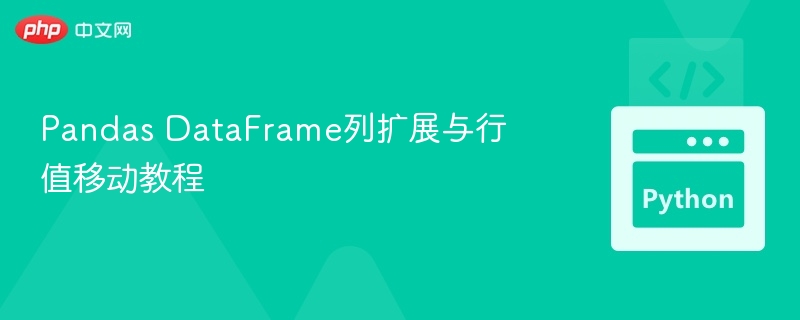
- 文章 · python教程 | 4小时前 |
- Pandas列扩展与行值移动方法
- 422浏览 收藏
-
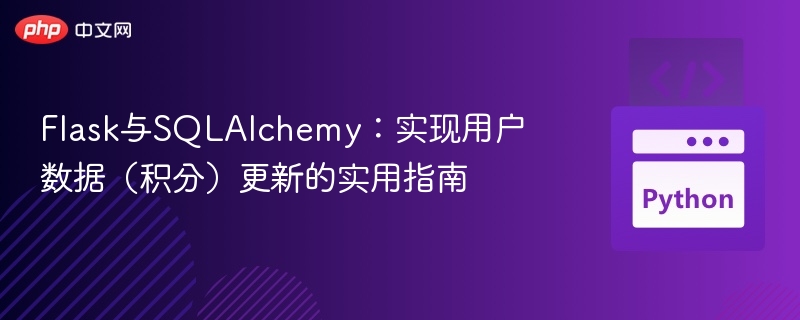
- 文章 · python教程 | 4小时前 |
- FlaskSQLAlchemy更新用户积分教程详解
- 345浏览 收藏
-
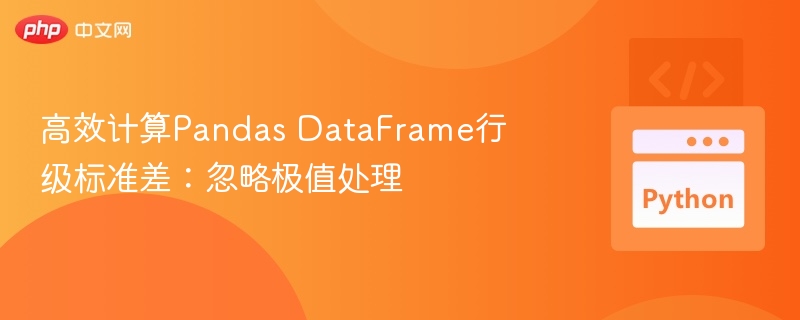
- 文章 · python教程 | 5小时前 |
- Pandas行标准差计算方法详解
- 253浏览 收藏
-

- 文章 · python教程 | 5小时前 |
- Python调用srun性能分析与优化
- 263浏览 收藏
-
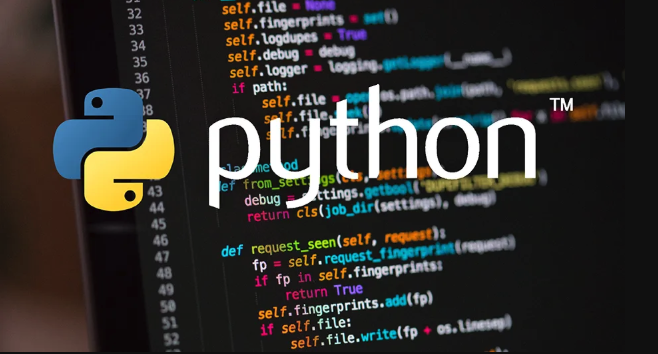
- 文章 · python教程 | 5小时前 |
- Python指定文件路径的方法及技巧
- 362浏览 收藏
-
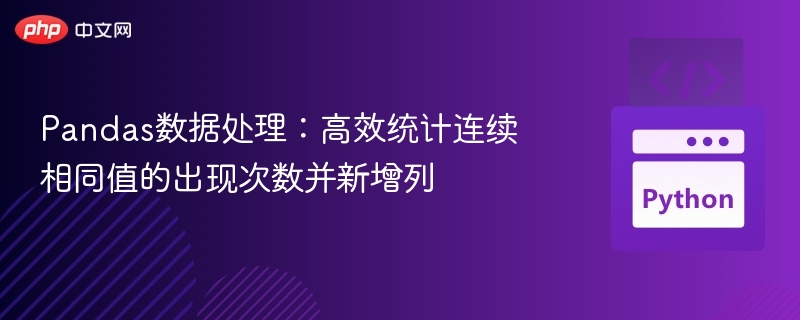
- 文章 · python教程 | 6小时前 |
- Pandas统计连续相同值并新增列技巧
- 297浏览 收藏
-

- 文章 · python教程 | 7小时前 |
- DjangoQ对象使用技巧与优化方法
- 245浏览 收藏
-
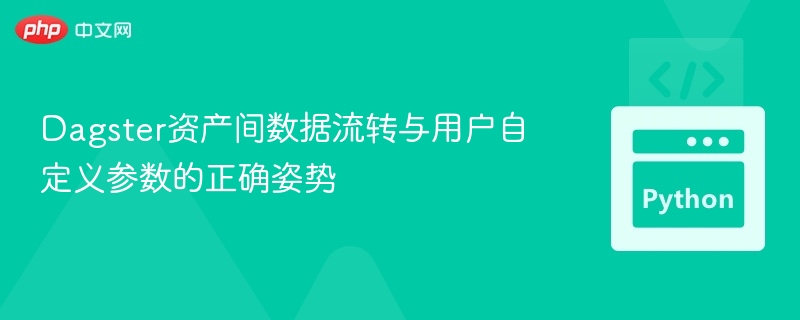
- 文章 · python教程 | 7小时前 |
- Dagster数据流转与参数配置方法
- 211浏览 收藏
-
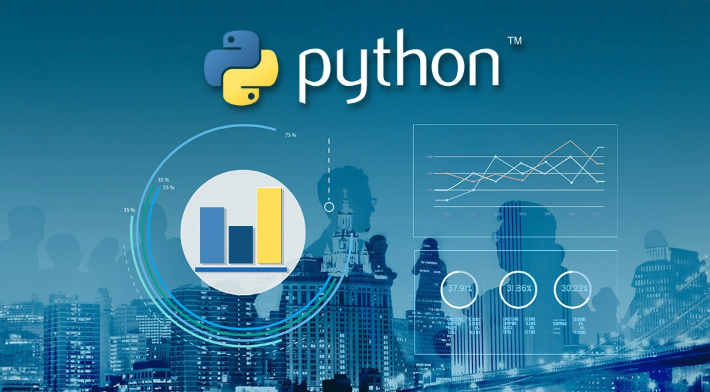
- 文章 · python教程 | 7小时前 |
- OpenCV调整亮度技巧与方法
- 204浏览 收藏
-

- 文章 · python教程 | 7小时前 |
- Python轻松生成九九乘法表并导出Excel
- 147浏览 收藏
查看更多
课程推荐
-

- 前端进阶之JavaScript设计模式
- 设计模式是开发人员在软件开发过程中面临一般问题时的解决方案,代表了最佳的实践。本课程的主打内容包括JS常见设计模式以及具体应用场景,打造一站式知识长龙服务,适合有JS基础的同学学习。
- 543次学习
-

- GO语言核心编程课程
- 本课程采用真实案例,全面具体可落地,从理论到实践,一步一步将GO核心编程技术、编程思想、底层实现融会贯通,使学习者贴近时代脉搏,做IT互联网时代的弄潮儿。
- 516次学习
-

- 简单聊聊mysql8与网络通信
- 如有问题加微信:Le-studyg;在课程中,我们将首先介绍MySQL8的新特性,包括性能优化、安全增强、新数据类型等,帮助学生快速熟悉MySQL8的最新功能。接着,我们将深入解析MySQL的网络通信机制,包括协议、连接管理、数据传输等,让
- 500次学习
-

- JavaScript正则表达式基础与实战
- 在任何一门编程语言中,正则表达式,都是一项重要的知识,它提供了高效的字符串匹配与捕获机制,可以极大的简化程序设计。
- 487次学习
-

- 从零制作响应式网站—Grid布局
- 本系列教程将展示从零制作一个假想的网络科技公司官网,分为导航,轮播,关于我们,成功案例,服务流程,团队介绍,数据部分,公司动态,底部信息等内容区块。网站整体采用CSSGrid布局,支持响应式,有流畅过渡和展现动画。
- 485次学习
查看更多
AI推荐
-

- ChatExcel酷表
- ChatExcel酷表是由北京大学团队打造的Excel聊天机器人,用自然语言操控表格,简化数据处理,告别繁琐操作,提升工作效率!适用于学生、上班族及政府人员。
- 3212次使用
-

- Any绘本
- 探索Any绘本(anypicturebook.com/zh),一款开源免费的AI绘本创作工具,基于Google Gemini与Flux AI模型,让您轻松创作个性化绘本。适用于家庭、教育、创作等多种场景,零门槛,高自由度,技术透明,本地可控。
- 3425次使用
-

- 可赞AI
- 可赞AI,AI驱动的办公可视化智能工具,助您轻松实现文本与可视化元素高效转化。无论是智能文档生成、多格式文本解析,还是一键生成专业图表、脑图、知识卡片,可赞AI都能让信息处理更清晰高效。覆盖数据汇报、会议纪要、内容营销等全场景,大幅提升办公效率,降低专业门槛,是您提升工作效率的得力助手。
- 3455次使用
-
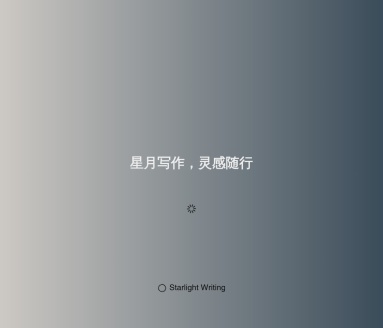
- 星月写作
- 星月写作是国内首款聚焦中文网络小说创作的AI辅助工具,解决网文作者从构思到变现的全流程痛点。AI扫榜、专属模板、全链路适配,助力新人快速上手,资深作者效率倍增。
- 4564次使用
-

- MagicLight
- MagicLight.ai是全球首款叙事驱动型AI动画视频创作平台,专注于解决从故事想法到完整动画的全流程痛点。它通过自研AI模型,保障角色、风格、场景高度一致性,让零动画经验者也能高效产出专业级叙事内容。广泛适用于独立创作者、动画工作室、教育机构及企业营销,助您轻松实现创意落地与商业化。
- 3832次使用
查看更多
相关文章
-
- Flask框架安装技巧:让你的开发更高效
- 2024-01-03 501浏览
-
- Django框架中的并发处理技巧
- 2024-01-22 501浏览
-
- 提升Python包下载速度的方法——正确配置pip的国内源
- 2024-01-17 501浏览
-
- Python与C++:哪个编程语言更适合初学者?
- 2024-03-25 501浏览
-
- 品牌建设技巧
- 2024-04-06 501浏览

